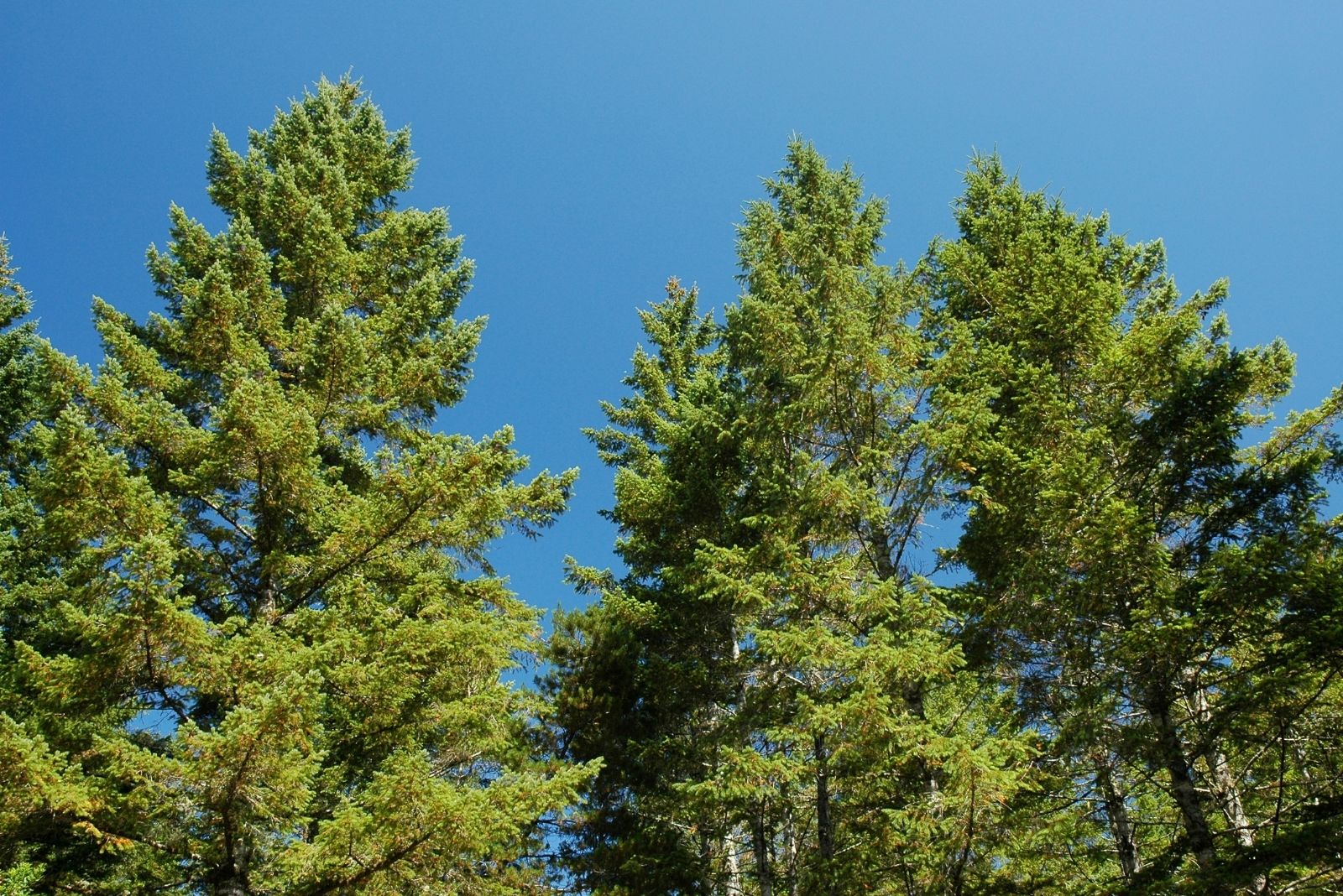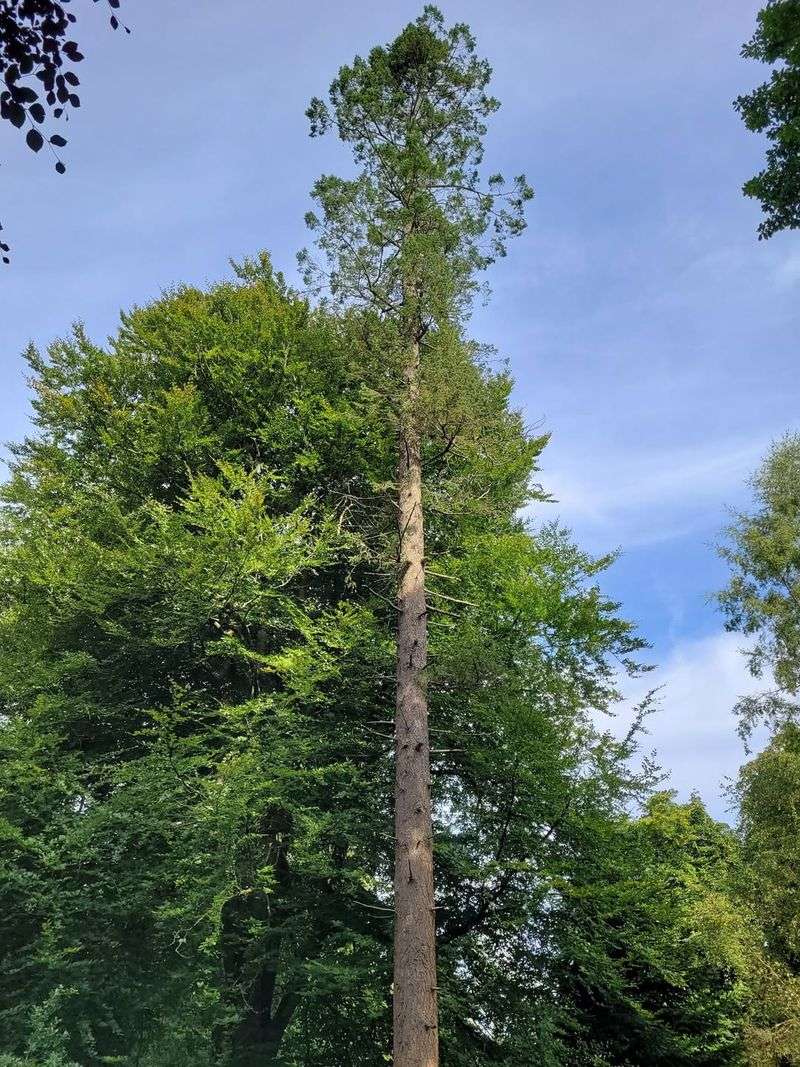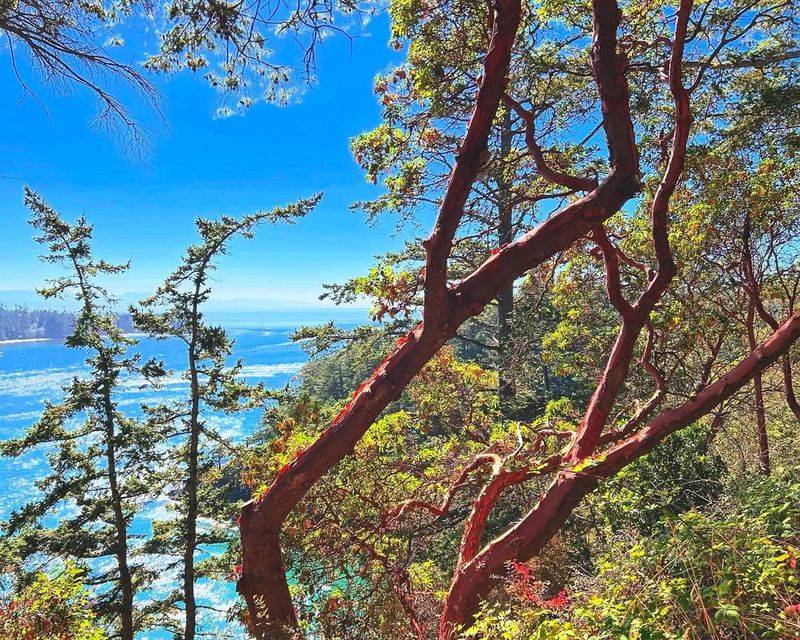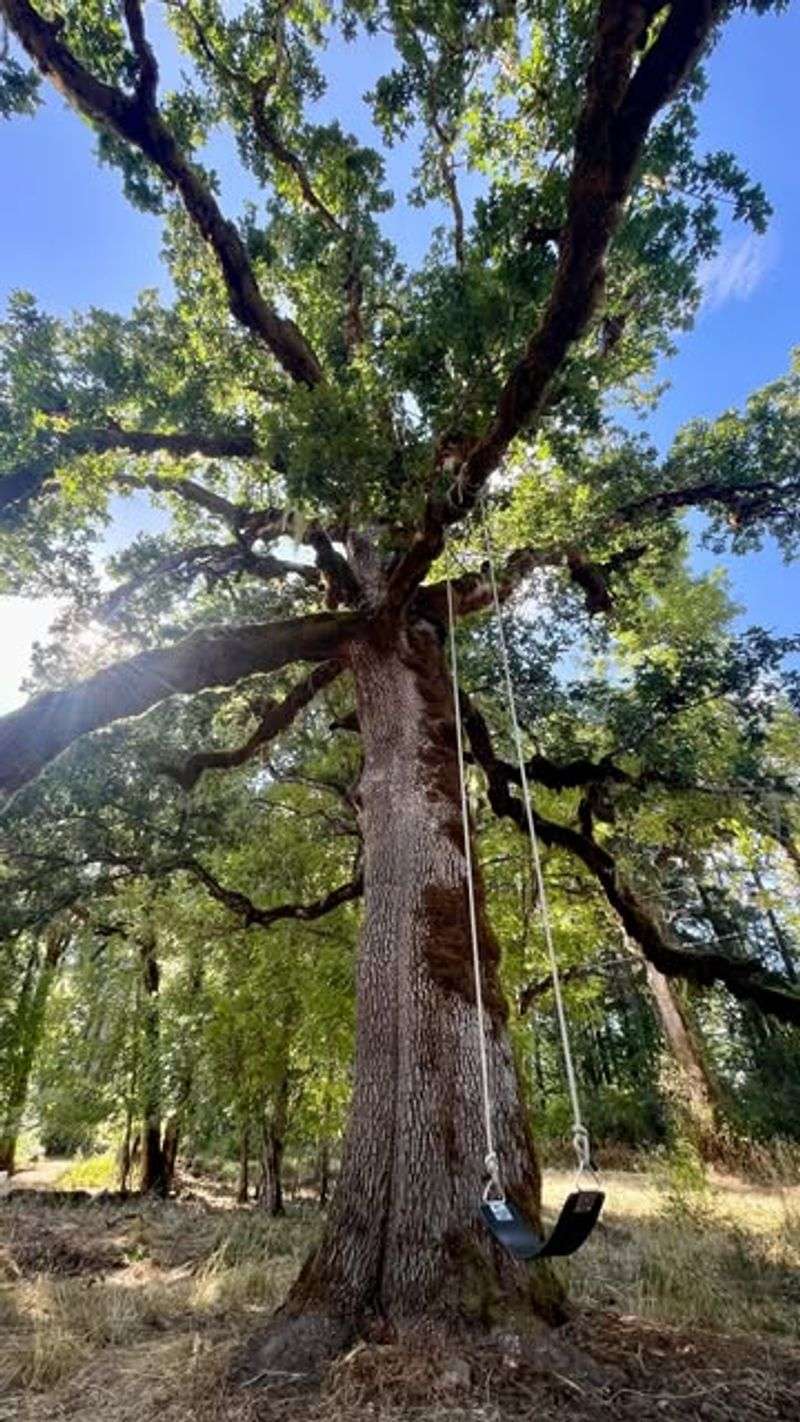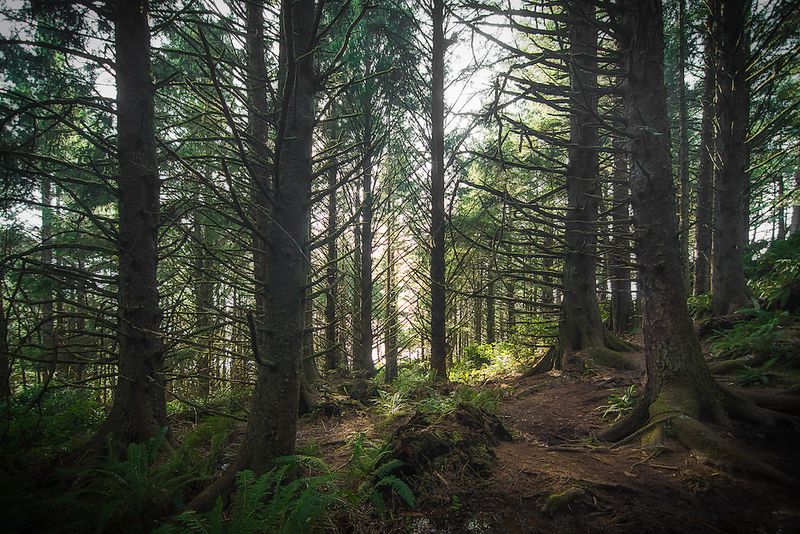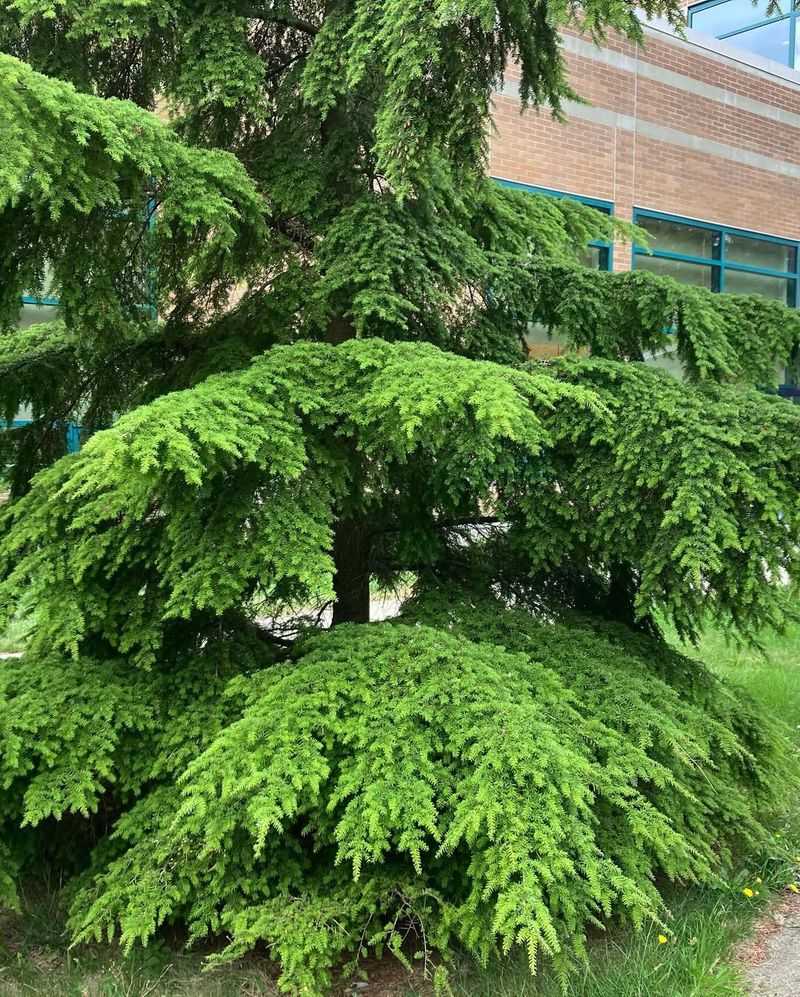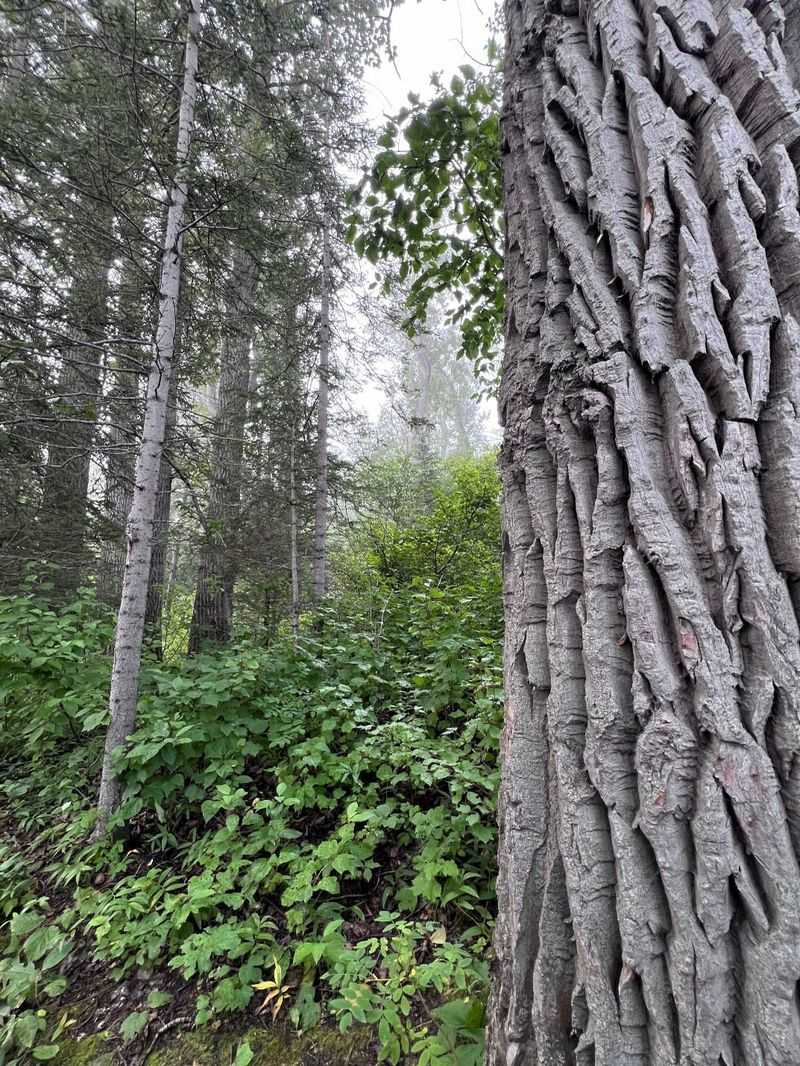Washington State takes its trees seriously, and for good reason. From urban forests to backyard giants, certain trees are protected by local laws that can hit homeowners with hefty fines if removed without permission.
Whether you’re planning a landscaping project or dealing with an old tree on your property, knowing which species are off-limits could save you thousands of dollars and a lot of legal trouble.
1. Western Red Cedar
This iconic evergreen holds deep cultural significance for Native American tribes throughout the Pacific Northwest. Washington law protects many mature specimens, especially those on public land or within designated heritage zones.
Before you consider removing one from your property, check with your local permitting office. Some cities require special approval for cedars over a certain diameter, and unauthorized cutting can result in fines exceeding several thousand dollars.
The tree’s importance to local ecosystems and indigenous heritage makes it particularly protected in many Washington communities.
2. Douglas Fir
As Washington’s state tree, the Douglas Fir enjoys special protection in numerous municipalities across the region. Homeowners often underestimate the regulations surrounding these towering giants.
Many local ordinances classify mature Douglas Firs as significant trees, requiring permits before removal. Cutting one down without authorization could land you fines ranging from $500 to $5,000, depending on the tree’s size and location.
Cities like Seattle and Olympia have particularly strict rules about preserving these evergreens, which provide critical habitat for wildlife and help manage stormwater runoff throughout Washington neighborhoods.
3. Bigleaf Maple
With leaves as large as dinner plates, this native deciduous tree brings character to countless Washington yards. Urban forestry programs throughout the state often designate mature Bigleaf Maples as protected specimens.
Removing one without the proper paperwork can trigger fines and mandatory replacement requirements. Some Washington cities demand you plant multiple trees to compensate for losing a single mature maple.
The species supports local ecosystems by providing food and shelter for birds, insects, and small mammals, which explains why authorities take unauthorized removal so seriously in communities from Tacoma to Spokane.
4. Pacific Madrone
Known for its stunning cinnamon-colored bark that peels away in papery sheets, the Pacific Madrone is a true Northwest treasure. Washington conservation efforts have placed this slow-growing tree under protection in many areas due to declining populations.
Homeowners who cut down a Madrone without authorization may face steep penalties, especially in counties with environmental preservation ordinances.
The tree’s struggle against diseases and habitat loss has made it a priority for protection agencies. If you have one on your property in Washington, consider it a privilege and consult local regulations before making any removal decisions.
5. Oregon White Oak
Despite its name, this majestic oak thrives in Washington and receives significant legal protection. The species has declined dramatically over the past century, prompting strict conservation measures.
Cutting down an Oregon White Oak without a permit can result in serious fines, particularly in areas where habitat restoration is underway. Washington’s Department of Natural Resources has identified these oaks as priority species for preservation.
Their acorns feed wildlife, and their sprawling branches provide nesting sites for numerous bird species. Before removing one, expect to navigate a detailed permitting process that may ultimately deny your request.
6. Sitka Spruce
Thriving in Washington’s coastal regions, the Sitka Spruce can reach staggering heights and ages. These impressive conifers often fall under municipal tree protection ordinances, especially in western Washington communities.
Homeowners near the coast should be aware that removing a mature Sitka Spruce typically requires permits and sometimes environmental impact assessments. Fines for illegal removal can climb into the thousands, with some jurisdictions adding criminal penalties for particularly large or old specimens.
The tree’s role in stabilizing soil and preventing erosion makes it invaluable to Washington’s coastal ecosystems, explaining the serious consequences for unauthorized cutting.
7. Western Hemlock
Recognizable by its drooping leader at the top, the Western Hemlock dominates many Washington forests and urban landscapes. Local tree ordinances frequently include this species in their protected categories.
Removing a Western Hemlock from your Washington property without going through proper channels could result in substantial fines and mandatory mitigation measures. Some cities require homeowners to plant several replacement trees or pay into urban forestry funds.
The species plays a crucial role in the state’s ecosystem, providing shade, improving air quality, and supporting countless organisms. Always verify local regulations before planning any removal work.
8. Black Cottonwood
Washington’s fastest-growing native tree, the Black Cottonwood, often appears near streams and wetlands. Its rapid growth and impressive size make it a valuable part of riparian ecosystems.
Many Washington municipalities protect cottonwoods through shoreline management regulations and critical area ordinances. Cutting one down without authorization can trigger environmental violations and fines that reach several thousand dollars.
The tree stabilizes riverbanks, filters water, and provides essential habitat for salmon-bearing watersheds. If your Washington property includes a Black Cottonwood near water, expect extra scrutiny and potentially stricter regulations before any removal can occur.

